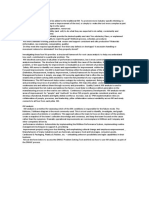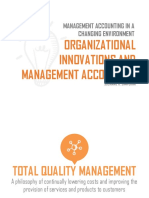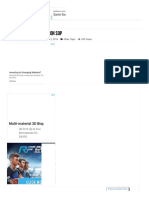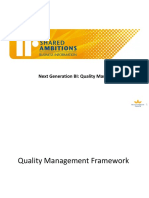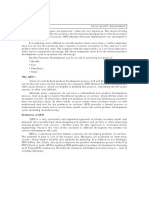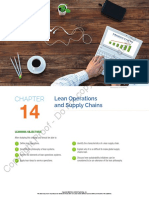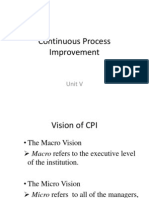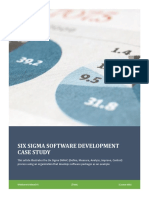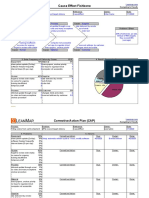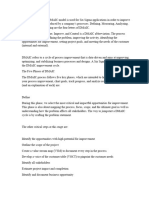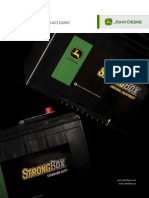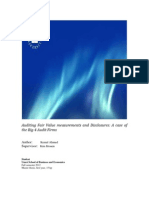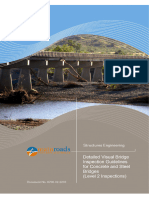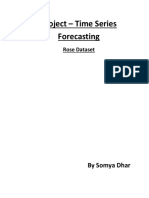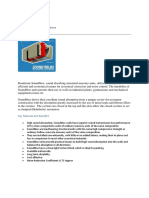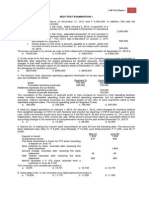0% found this document useful (0 votes)
133 views16 pagesDMAIC Approach Presentation With Examples
DMAIC_Approach_Presentation_with_Examples in garment industry
Uploaded by
5hbcnkg9cnCopyright
© © All Rights Reserved
We take content rights seriously. If you suspect this is your content, claim it here.
Available Formats
Download as PPTX, PDF, TXT or read online on Scribd
0% found this document useful (0 votes)
133 views16 pagesDMAIC Approach Presentation With Examples
DMAIC_Approach_Presentation_with_Examples in garment industry
Uploaded by
5hbcnkg9cnCopyright
© © All Rights Reserved
We take content rights seriously. If you suspect this is your content, claim it here.
Available Formats
Download as PPTX, PDF, TXT or read online on Scribd
/ 16







